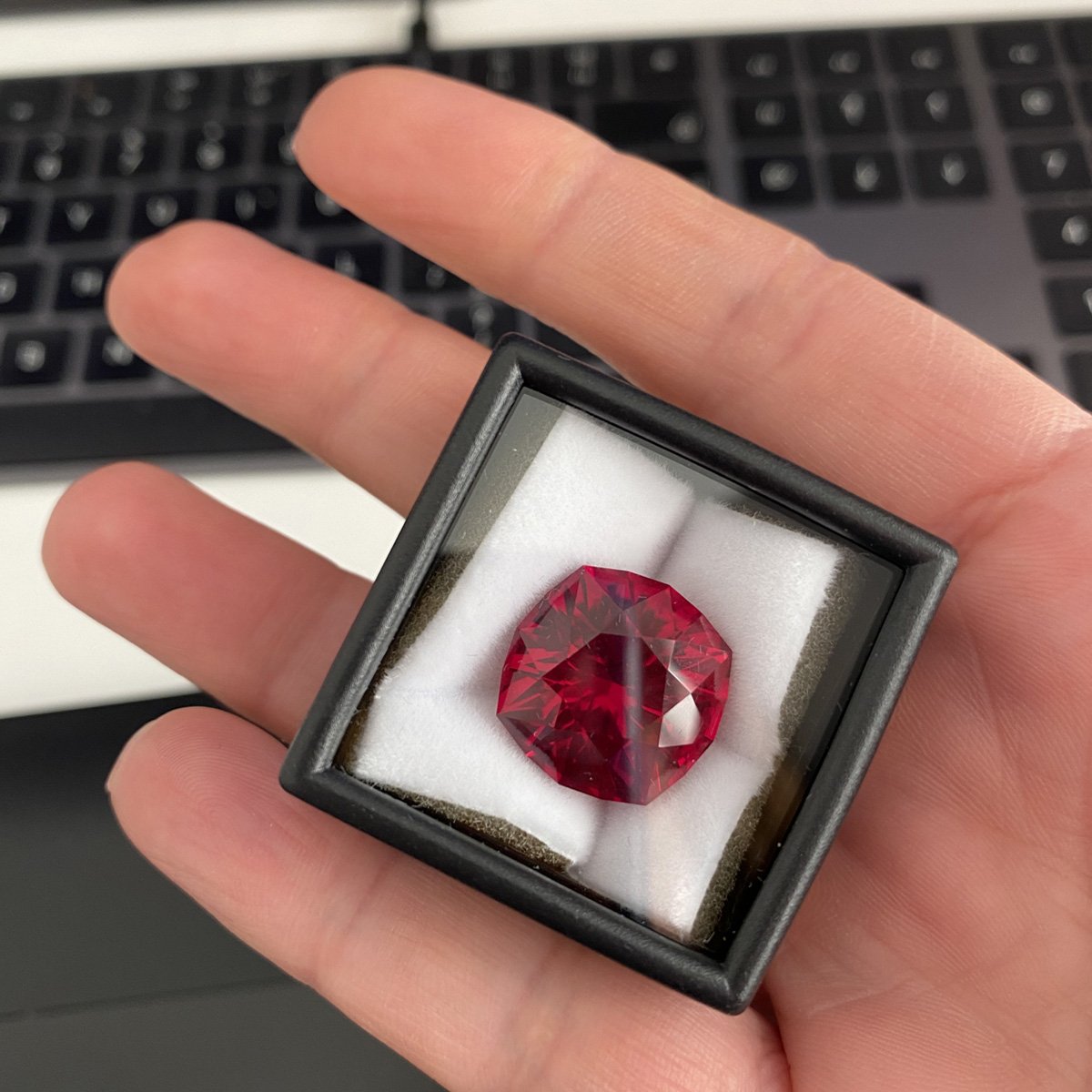Lab-created diamonds and lab diamond jewellery
Lab created diamonds are diamonds that are created in a laboratory rather than being mined from the earth. There are two main methods for creating lab-diamonds and both can create diamonds that are chemically, physically, and optically identical to natural diamonds, and they are often used to create gemstones for jewellery and industrial diamonds for use in a variety of applications.
How are lab-diamonds made?
The HPHT method:
HPHT (high pressure high temperature): A small diamond seed is placed in a container along with a carbon-rich gas mixture. The container is then placed in a device that applies high pressure and high temperature to the mixture, causing the carbon atoms to rearrange and bond together, forming a diamond.
The CVD method:
CVD (chemical vapour deposition): A substrate (usually a piece of diamond or silicon carbide) is placed in a chamber and exposed to a gas mixture that contains carbon atoms. The chamber is then heated to a super high temperature, causing the carbon atoms to break off from the gas and bond to the substrate, forming and building thin layers of diamond.
Man made diamonds are catching on, particularly in the USA, where carat size is the most important of the 4Cs in the engagement ring market. In fact 2023 heralded the first time that sales of lab-made diamonds matched sales of natural diamonds for the centre stones of engagement rings, according to Tenoris a jewellery and diamond trend-analytics company. The Wall Street Journal published an article called The Embarrassment of Having to Explain Your ‘Monster’ Diamond Ring about this trend for much bigger lab diamonds in engagement jewellery.
But what are my thoughts on lab created diamonds in jewellery?
The 50/50 stat above shocked me, but the US has always favoured (or should that be favored) bigger over better when it comes to diamonds.
The big issue is resale or revaluation, as the dropping production costs mean lab jewels drop heavily in price - in fact it’s set at scrap value at the moment in the UK - so just the weight of the metal has worth at resale time!
One of the other 4Cs is Colour and diamonds vary from the purest white right down to black. Buying slightly less-than-pure-white lab diamonds makes more sense to me, as if they are too white, they do look like cubic zirconia at the bigger sizes.
As the manufacturing industry of Lab created diamonds has scaled, the carbon footprint has dropped, so they are a better option for the environment than digging one out of the ground. The carbon footprint only swapped in 2021, as before that, it used more energy to create one diamond than it did to dig one out of the ground.
This applies to diamonds only (which are generally mined out of HUGE holes in the landscape). When it comes to coloured gems, 80% of the World’s coloured gemstones are mined in much smaller mining facilities and their carbon impact is currently still smaller than when creating lab gemstones. You also have to think about the Small Scale and Artisanal miners of coloured gemstones, and the benefits they bring to their local communities in terms of wealth, eduction and healthcare.
I own a lab created diamond tennis necklace. But actually the setting (white gold plate) is actually a bit scratchy to wear, as some brands compromise on the setting quality to minimise retail costs further. It doesn’t feel very precious, but I bought it as ‘travel jewellery’ for a black tie event in St. Petersburg - I needed the big bling factor without having to worry about losing my luggage!
I think there is definitely a place for lab diamonds in luxury jewellery, especially as sustainability is such an issue in the gem world. You can’t exactly plant a row of diamonds in the ground and watch them grow! If you want a large impactful piece, lab created is a very good option! There are issues with supply chain and ethics, and obviously a reputable trader should tell you if a diamond they sell you is lab grown, but not all do.
I’ve also got an epic ~30ct loose lab grown ruby here, and I’d love some decent size lab diamonds to pop around it to make a statement-and-a-half necklace! Does anyone want to make this ruby theirs?
Edit: A friend said something interesting to me today about the potential of using lab created diamonds in earrings; as - like socks - gremlins seem to love hiding one of the pair! I would say that if you’re already a diamond owner, there’s a connection to the luxury of natural diamonds that feels precious, and you won’t get that same feeling from wearing lab grown. But if you’re new to diamonds, then lab grown studs will give you a big bang for your buck and you won’t be too heartbroken if one does the vanishing act!
What are your thoughts on lab gems and diamonds?
Thanks for reading this post! Please get in contact with me if you’re looking to have a bespoke piece of jewellery made with natural or lab grown gems!



